Home>Renovation & DIY>Home Renovation Guides>What Does Mold In A Crawl Space Look Like
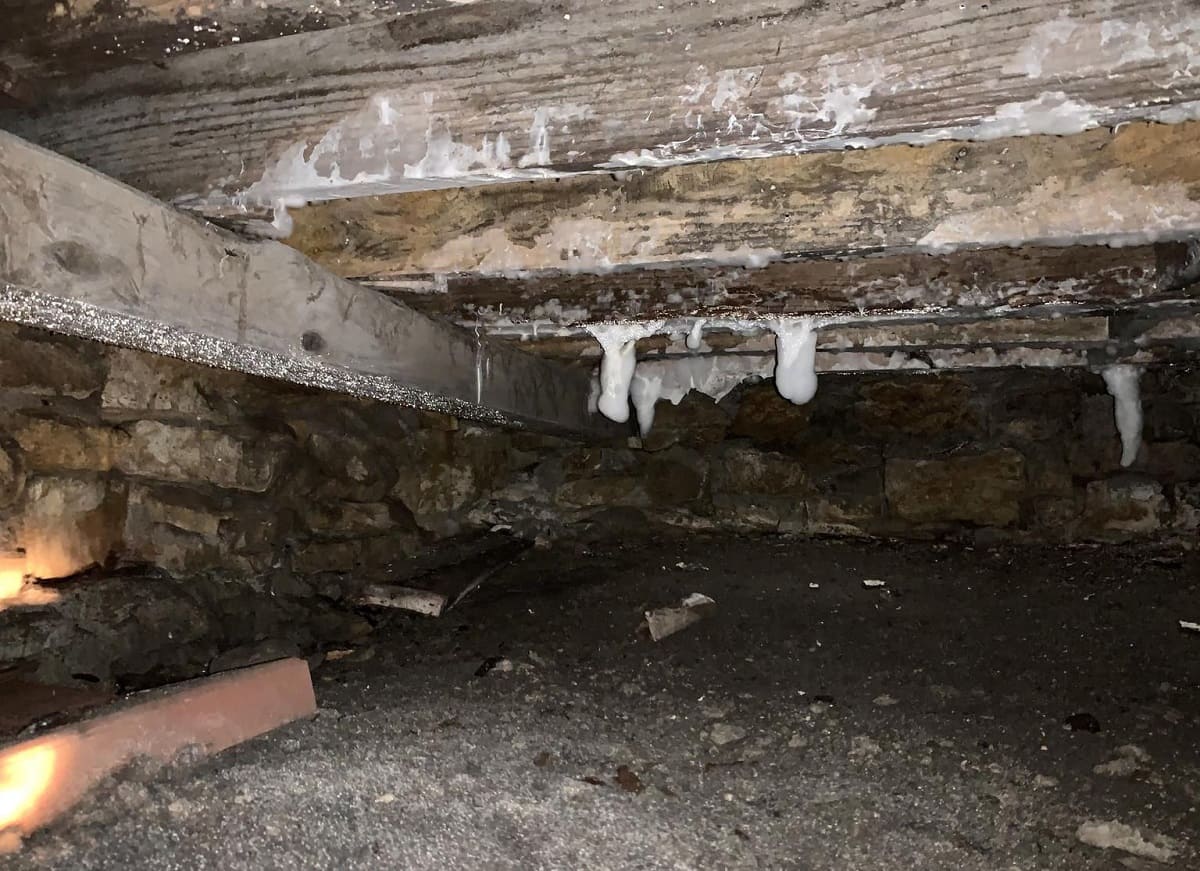

Home Renovation Guides
What Does Mold In A Crawl Space Look Like
Published: January 31, 2024
Discover what mold in a crawl space looks like and how to address it with our home renovation guide. Protect your home with expert tips.
(Many of the links in this article redirect to a specific reviewed product. Your purchase of these products through affiliate links helps to generate commission for Storables.com, at no extra cost. Learn more)
Introduction
Mold in a crawl space can be a homeowner's worst nightmare. It not only poses a threat to the structural integrity of the home but also presents potential health risks to those living within the space. Identifying and addressing mold in a crawl space is crucial for maintaining a safe and healthy living environment.
Mold thrives in damp, dark, and poorly ventilated areas, making crawl spaces an ideal breeding ground. It can often go unnoticed for extended periods, silently spreading and causing damage. Understanding the signs, types, visual characteristics, and health risks associated with mold in crawl spaces is essential for homeowners to take proactive measures in addressing this issue.
In this comprehensive guide, we will delve into the various aspects of mold in crawl spaces, including how to identify it and the steps to mitigate its presence. By gaining a deeper understanding of mold in crawl spaces, homeowners can protect their property and the well-being of their families.
Key Takeaways:
- Mold in a crawl space can be identified by musty odors, visible growth, water stains, and health symptoms. Homeowners should promptly address these signs to maintain a healthy living environment.
- Understanding the types and visual characteristics of mold empowers homeowners to take proactive measures. Regular inspections and prompt remediation efforts are crucial for creating a mold-free and safe home.
Read more: What Does Mold In A Carpet Look Like
Signs of Mold in a Crawl Space
-
Musty Odor: One of the most common signs of mold in a crawl space is a musty, earthy odor. This distinct smell often indicates the presence of mold or mildew, alerting homeowners to a potential issue that requires immediate attention.
-
Visible Mold Growth: Upon inspection, visible mold growth on surfaces such as walls, insulation, or wooden beams is a clear indication of a mold infestation in the crawl space. Mold can appear in various colors, including black, green, or white, and may present as patches or streaks.
-
Water Stains: Water stains on the walls or flooring of the crawl space can signal a moisture problem, which creates an environment conducive to mold growth. These stains may indicate past or ongoing water intrusion, leading to damp conditions ideal for mold development.
-
Deterioration of Building Materials: Mold infestations can cause structural damage to the materials within the crawl space. This may manifest as rotting wood, crumbling drywall, or deteriorating insulation, all of which are indicative of prolonged exposure to moisture and mold.
-
Allergic Reactions: Individuals spending time in a home with mold in the crawl space may experience allergic reactions such as sneezing, coughing, or respiratory issues. These symptoms can be exacerbated when spending time in or near the affected area.
-
Increased Humidity Levels: Elevated humidity levels within the crawl space can create a breeding ground for mold. Homeowners may notice condensation on surfaces, dampness in the air, or an overall feeling of moisture within the space, all of which contribute to mold proliferation.
-
Pest Infestations: In some cases, the presence of pests such as insects or rodents in the crawl space can indicate a mold problem. Pests are attracted to the damp and dark environment created by mold, and their presence may signal an underlying mold infestation.
-
Health Symptoms: Residents of the home may experience a range of health symptoms, including headaches, fatigue, or skin irritation, which can be linked to the presence of mold in the crawl space.
By being vigilant for these signs, homeowners can promptly address mold issues in their crawl spaces, safeguarding their property and the well-being of those within the home.
Common Types of Mold in Crawl Spaces
Mold is a diverse organism that can manifest in various forms, each with its own unique characteristics and potential health implications. In crawl spaces, where moisture and darkness create an ideal environment for mold growth, several common types of mold can thrive. Understanding these molds is essential for homeowners seeking to identify and address mold infestations effectively.
-
Aspergillus: This type of mold is commonly found in indoor environments, including crawl spaces. It appears as powdery, velvety, or cotton-like in texture and can be various colors, including green, white, or yellow. Aspergillus can cause respiratory issues and allergic reactions in individuals exposed to its spores.
-
Cladosporium: Often found in damp or moist areas, Cladosporium is a black or green mold that can grow on surfaces such as wood, insulation, and drywall within crawl spaces. Exposure to Cladosporium can trigger respiratory problems and skin irritation in susceptible individuals.
-
Penicillium: This mold is known for its rapid growth and can appear blue or green in color. In crawl spaces, Penicillium often thrives on materials such as wallpaper, carpet, and insulation. Prolonged exposure to Penicillium spores can lead to respiratory issues and allergic reactions.
-
Stachybotrys Chartarum (Black Mold): Black mold is notorious for its dark, slimy appearance and its association with health concerns. It thrives in areas with excessive moisture and can be found on surfaces such as drywall, wood, and insulation in crawl spaces. Exposure to black mold can lead to severe respiratory problems and other health issues.
-
Fusarium: This type of mold is commonly found in water-damaged areas, making crawl spaces an ideal habitat. Fusarium can appear as pink, white, or red in color and is known to cause respiratory problems, eye irritation, and skin reactions in individuals exposed to its spores.
-
Alternaria: Often found in damp areas with water damage, Alternaria is a common allergenic mold that can appear black or dark green. Exposure to Alternaria spores can trigger asthma symptoms and other allergic reactions in susceptible individuals.
By familiarizing themselves with these common types of mold, homeowners can better recognize the presence of mold in their crawl spaces and take appropriate measures to address the issue. Identifying the specific type of mold can also aid in determining the best approach for remediation and minimizing health risks associated with mold exposure.
Visual Characteristics of Mold in Crawl Spaces
Mold in crawl spaces can exhibit a range of visual characteristics, each providing valuable insights into the type and extent of the infestation. By understanding these visual cues, homeowners can effectively identify and address mold issues in their crawl spaces.
Color and Texture
Mold in crawl spaces can appear in various colors, including black, green, white, yellow, or even pink or red, depending on the type of mold present. The texture of mold can range from powdery or fuzzy to slimy or velvety. These visual attributes can help distinguish between different types of mold and provide clues about the underlying moisture conditions in the crawl space.
Read more: What Does Mold Look Like On Ceiling
Patchy or Streaky Growth
Mold growth in crawl spaces may present as patchy or streaky formations on surfaces such as walls, insulation, or wooden beams. These patterns can indicate the spread of mold spores and the areas of highest moisture accumulation. Identifying the distribution of mold growth can aid in determining the extent of the infestation and formulating targeted remediation strategies.
Musty or Earthy Odor
While not a visual characteristic, the musty or earthy odor associated with mold in crawl spaces is a key indicator of its presence. This distinct smell often permeates the air within the crawl space and can also be noticeable in adjacent living areas. The presence of this odor, combined with visual signs of mold growth, can confirm the need for thorough inspection and remediation.
Dampness and Discoloration
Mold thrives in damp environments, and its presence in crawl spaces is often accompanied by visible dampness and discoloration on surfaces. Water stains, discoloration of building materials, and overall dampness in the air can indicate the conducive conditions for mold growth. These visual cues highlight the importance of addressing underlying moisture issues to prevent recurrent mold infestations.
Irregular or Unusual Growth Patterns
In some cases, mold in crawl spaces may exhibit irregular or unusual growth patterns, such as clusters of spores or web-like formations. These atypical visual characteristics can signal specific types of mold and may require specialized remediation approaches to effectively eliminate the infestation.
By recognizing these visual characteristics of mold in crawl spaces, homeowners can take proactive measures to address the underlying moisture issues, mitigate the spread of mold, and create a healthier living environment for their families. Regular inspection and prompt remediation based on visual cues can significantly reduce the impact of mold infestations in crawl spaces.
Read more: What Does Mold On Insulation Look Like
Health Risks Associated with Mold in Crawl Spaces
The presence of mold in crawl spaces poses significant health risks to individuals living within the affected property. Mold spores, when released into the air, can be inhaled, leading to a range of adverse health effects. Understanding these health risks is crucial for homeowners to prioritize the mitigation of mold in crawl spaces and safeguard the well-being of their families.
-
Respiratory Issues: Exposure to mold spores in crawl spaces can trigger or exacerbate respiratory problems, particularly in individuals with pre-existing conditions such as asthma or allergies. The inhalation of mold spores can irritate the respiratory system, leading to symptoms such as coughing, wheezing, and shortness of breath.
-
Allergic Reactions: Mold spores are known allergens and can prompt allergic reactions in susceptible individuals. Symptoms may include sneezing, nasal congestion, itchy or watery eyes, and skin irritation. Prolonged exposure to mold in crawl spaces can intensify these allergic responses, impacting the overall comfort and health of residents.
-
Aggravation of Existing Health Conditions: For individuals with compromised immune systems or underlying health conditions, exposure to mold in crawl spaces can exacerbate their health challenges. The presence of mold can contribute to chronic respiratory issues, fatigue, and overall discomfort, making it essential to address mold infestations promptly.
-
Fungal Infections: Certain types of mold, such as Stachybotrys Chartarum (black mold), can produce mycotoxins that pose a risk of fungal infections upon exposure. These infections can affect the skin, respiratory system, and other bodily functions, necessitating medical intervention to mitigate their impact.
-
Neurological Symptoms: In some cases, exposure to mold in crawl spaces has been associated with neurological symptoms, including headaches, difficulty concentrating, and cognitive impairment. These effects can disrupt daily activities and diminish the quality of life for those exposed to mold spores.
-
Long-Term Health Implications: Prolonged exposure to mold in crawl spaces can lead to long-term health implications, including chronic respiratory conditions, compromised immune function, and an increased susceptibility to respiratory infections. Addressing mold infestations is crucial for preventing these long-term health risks.
By recognizing the health risks associated with mold in crawl spaces, homeowners can prioritize the implementation of effective remediation strategies and preventive measures. Regular inspection, moisture control, and prompt remediation of mold can significantly reduce the health risks posed by mold infestations in crawl spaces, ensuring a safer and healthier living environment for all occupants.
How to Identify Mold in a Crawl Space
Identifying mold in a crawl space is a critical aspect of maintaining a healthy home environment. By recognizing the visual and olfactory cues associated with mold presence, homeowners can take proactive steps to address the issue before it escalates. Here are essential methods for identifying mold in a crawl space:
Visual Inspection
A thorough visual inspection of the crawl space is the primary method for identifying mold. Look for visible signs of mold growth on surfaces such as walls, insulation, wooden beams, and subflooring. Mold can appear in various colors and textures, including black, green, white, or fuzzy patches. Pay attention to any discoloration, streaky growth patterns, or irregular formations, as these are indicative of mold infestations.
Musty Odor
The distinct musty or earthy odor associated with mold is a telltale sign of its presence in a crawl space. Upon entering the crawl space, pay attention to any unusual smells. If a musty odor is detected, it signals the need for further investigation to locate the source of the mold growth.
Read more: What Does Mold In Basement Look Like
Water Stains and Dampness
Water stains on the walls, flooring, or building materials within the crawl space indicate past or ongoing moisture intrusion. These stains often accompany mold growth and signify the conducive conditions for mold proliferation. Additionally, observe the overall dampness and humidity levels in the crawl space, as elevated moisture creates an environment favorable for mold development.
Professional Inspection
In cases where mold growth is suspected but not readily visible, seeking a professional inspection is advisable. Mold remediation experts can conduct comprehensive assessments using specialized equipment to detect hidden mold and assess the extent of the infestation. Their expertise can provide valuable insights into the presence of mold and the underlying moisture issues within the crawl space.
Testing for Mold
Mold testing, including air sampling and surface sampling, can be employed to confirm the presence of mold in a crawl space. These tests can identify the types of mold present and assess the spore levels, aiding in the formulation of targeted remediation strategies.
By employing these methods, homeowners can effectively identify mold in their crawl spaces and initiate timely remediation efforts to mitigate the health and structural risks associated with mold infestations. Regular inspections and proactive measures are essential for maintaining a mold-free and healthy living environment.
Conclusion
In conclusion, addressing mold in a crawl space is a crucial aspect of maintaining a safe and healthy home environment. The signs of mold infestations, including musty odors, visible mold growth, water stains, and health symptoms, serve as vital indicators for homeowners to promptly address potential mold issues. By recognizing these signs and understanding the common types and visual characteristics of mold in crawl spaces, homeowners can take proactive measures to mitigate the risks associated with mold infestations.
The health risks linked to mold in crawl spaces, ranging from respiratory issues and allergic reactions to potential long-term health implications, underscore the urgency of addressing mold infestations. Prioritizing regular inspections, moisture control, and prompt remediation efforts can significantly reduce the health risks posed by mold exposure, ensuring a safer living environment for all occupants.
Identifying mold in a crawl space through visual inspection, olfactory cues, and professional assessments empowers homeowners to take decisive action in addressing mold infestations. By leveraging these identification methods and, if necessary, seeking professional assistance, homeowners can effectively mitigate the impact of mold on their property and the well-being of their families.
In essence, the comprehensive understanding of mold in crawl spaces, from its signs and types to its health risks and identification methods, equips homeowners with the knowledge to safeguard their homes against mold infestations. By remaining vigilant, implementing preventive measures, and promptly addressing any signs of mold, homeowners can create a healthier and mold-free living environment for themselves and their families.
Ultimately, proactive management of mold in crawl spaces is essential for preserving the structural integrity of the home and ensuring the well-being of its occupants. By integrating this knowledge into their home maintenance practices, homeowners can effectively combat mold infestations and foster a safe and healthy living environment for years to come.
Frequently Asked Questions about What Does Mold In A Crawl Space Look Like
Was this page helpful?
At Storables.com, we guarantee accurate and reliable information. Our content, validated by Expert Board Contributors, is crafted following stringent Editorial Policies. We're committed to providing you with well-researched, expert-backed insights for all your informational needs.
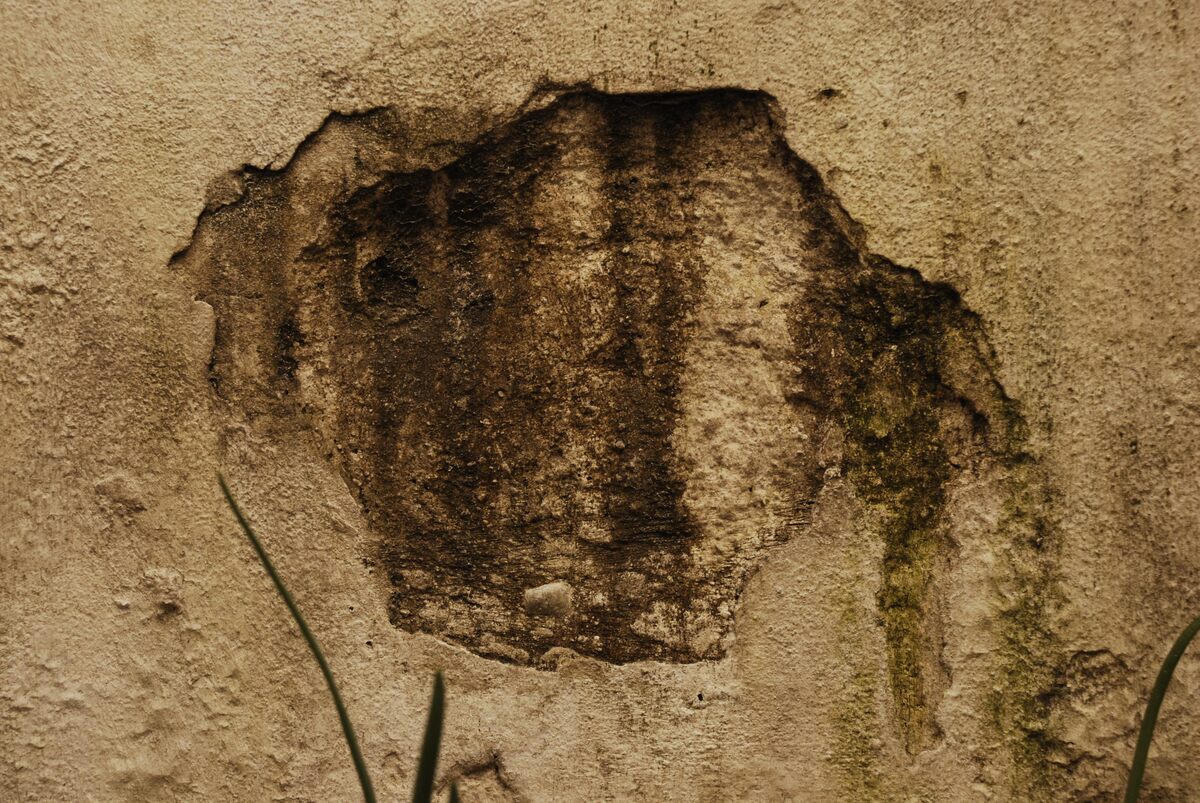
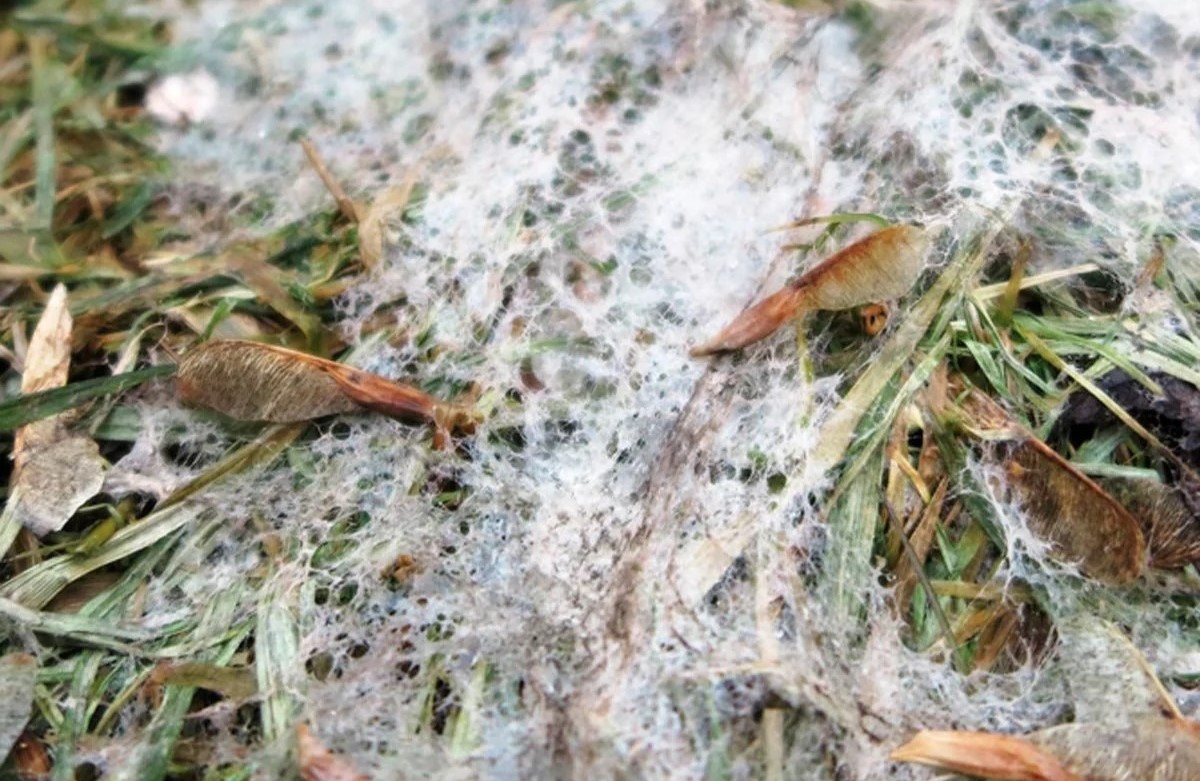
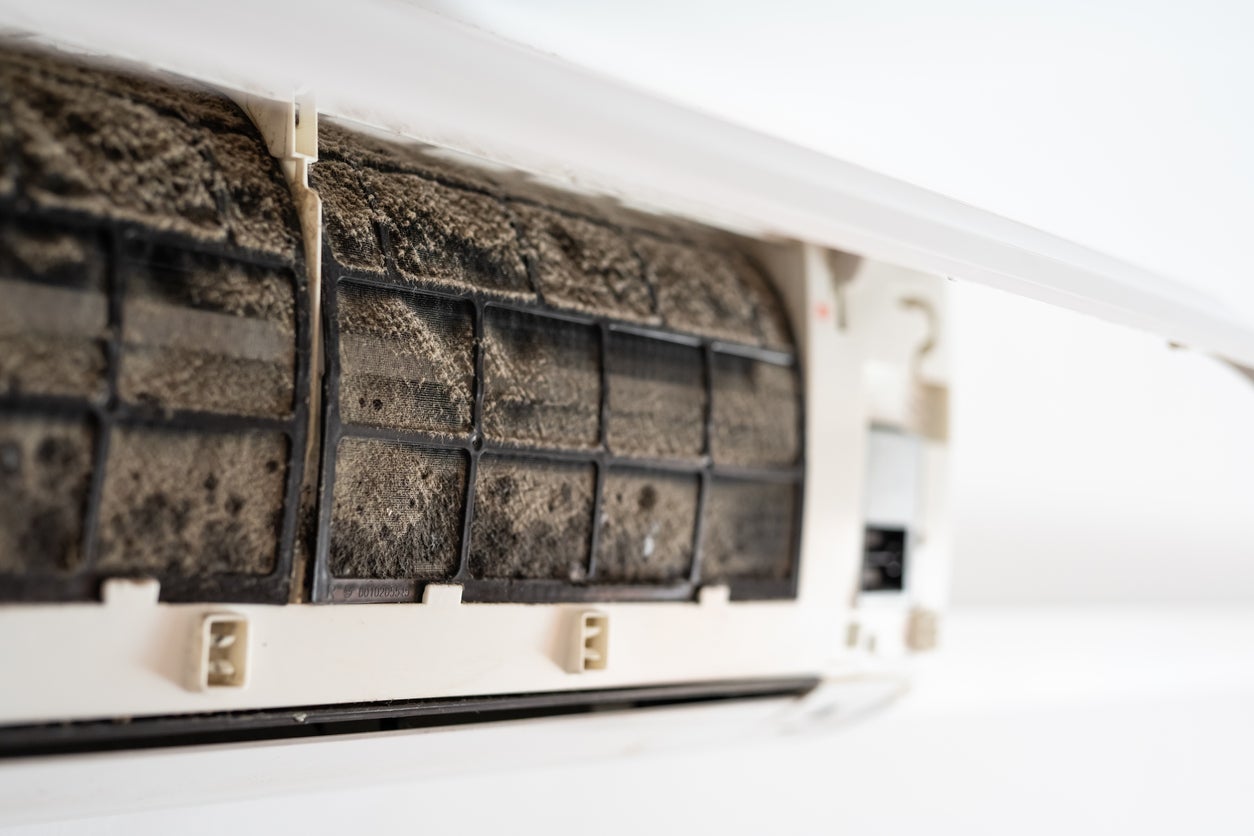
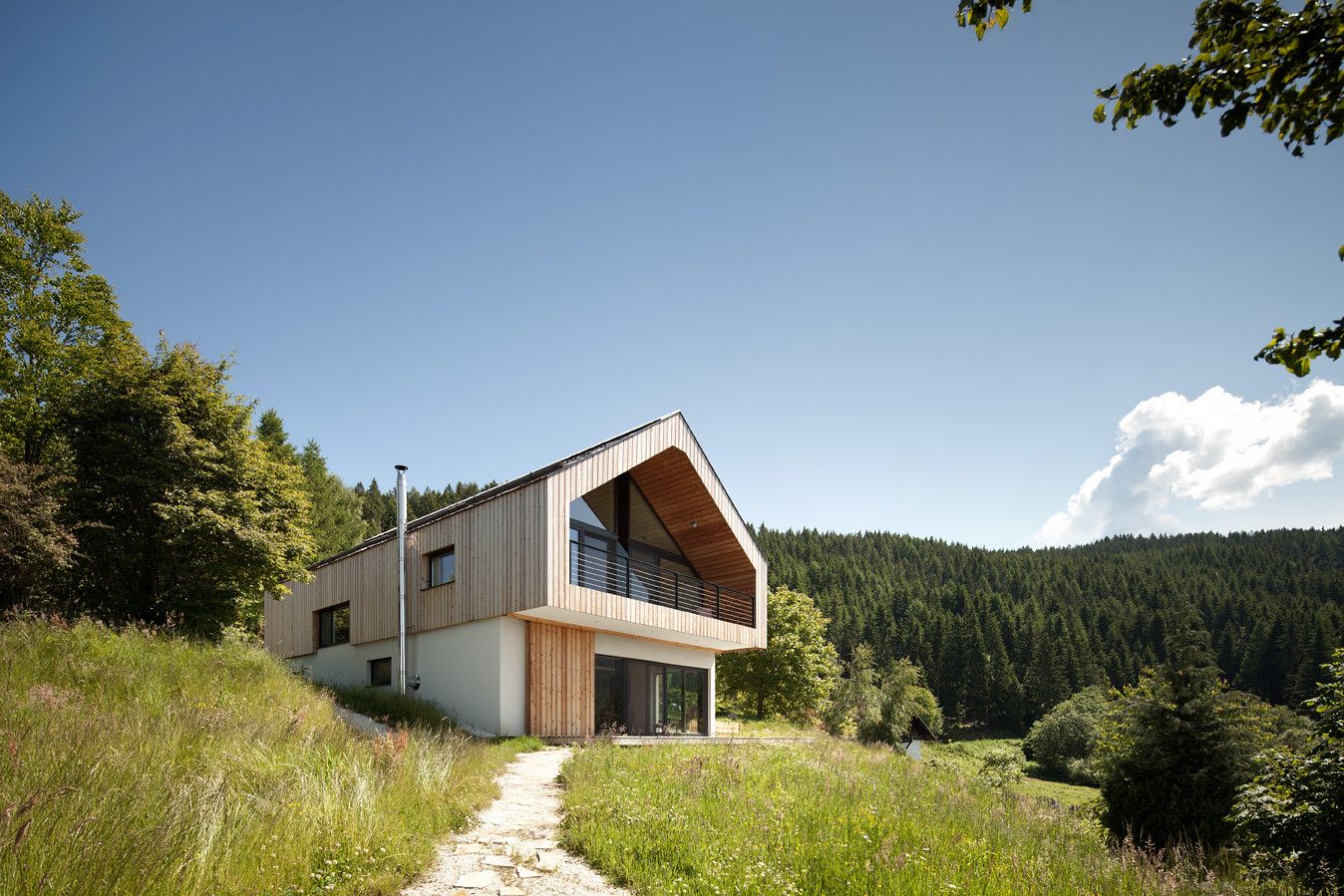
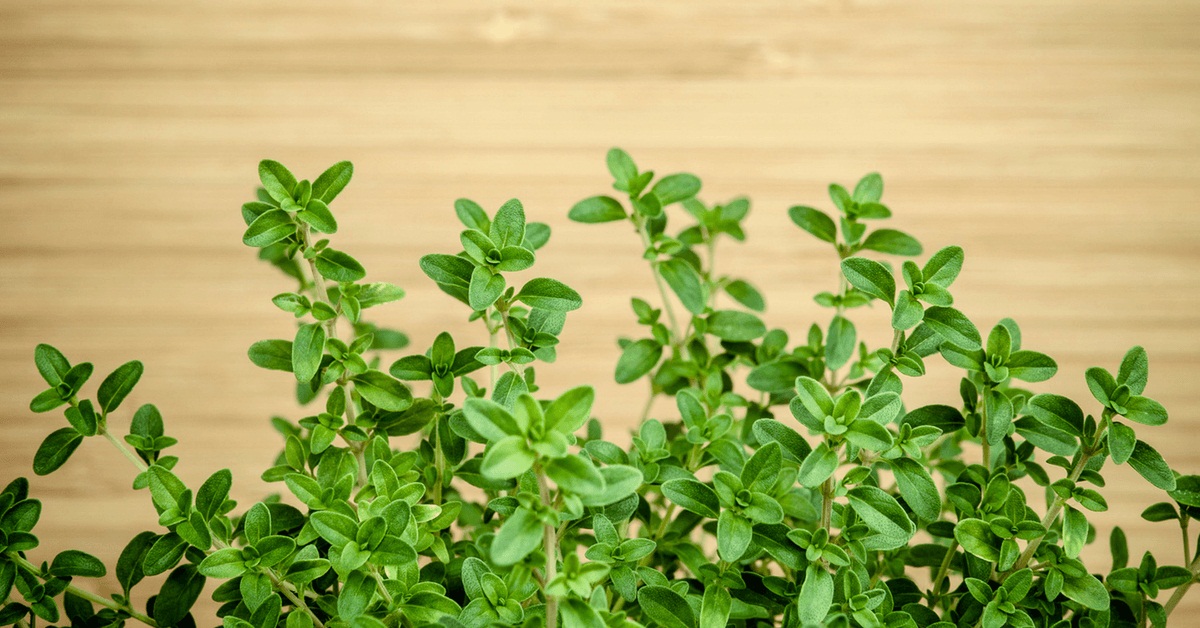

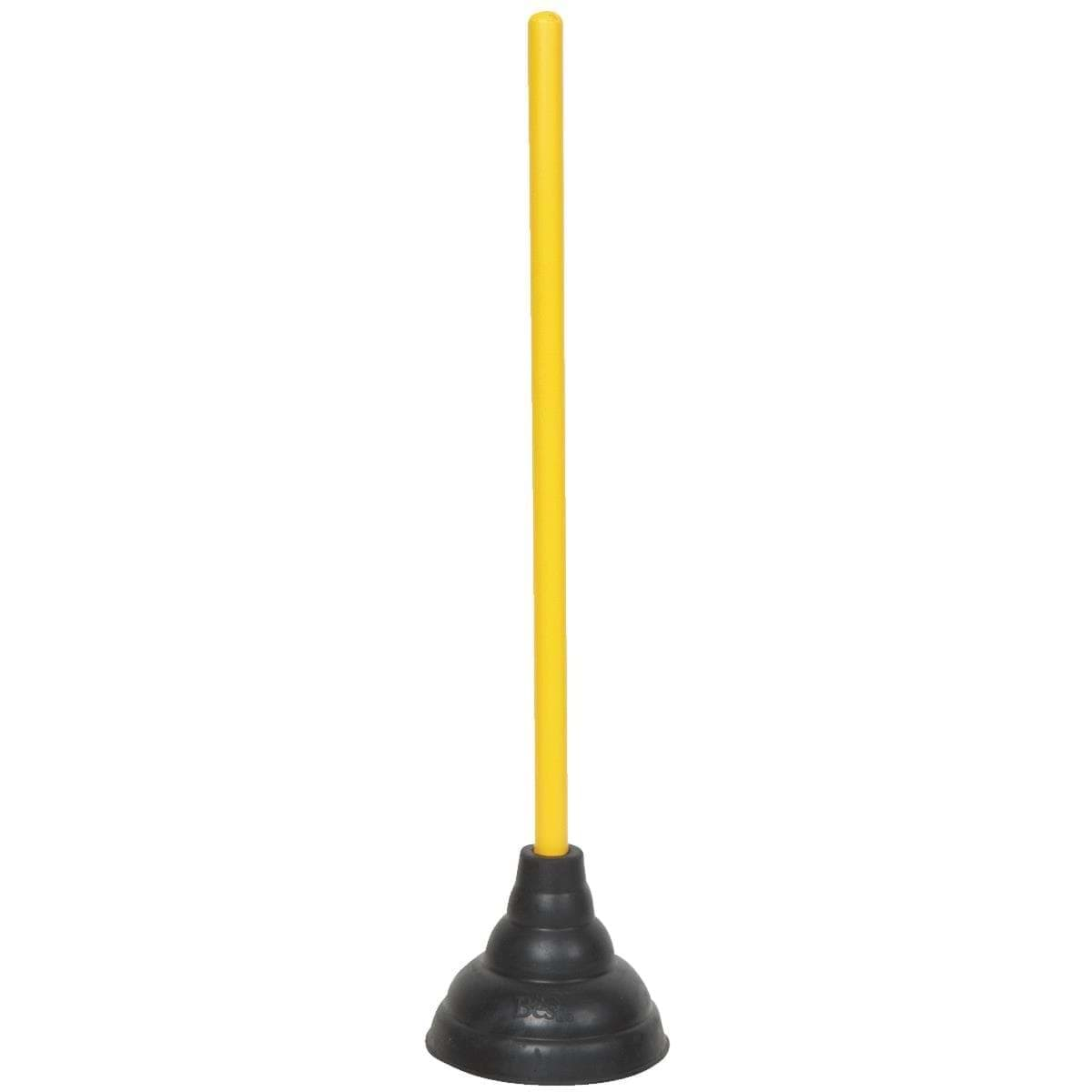

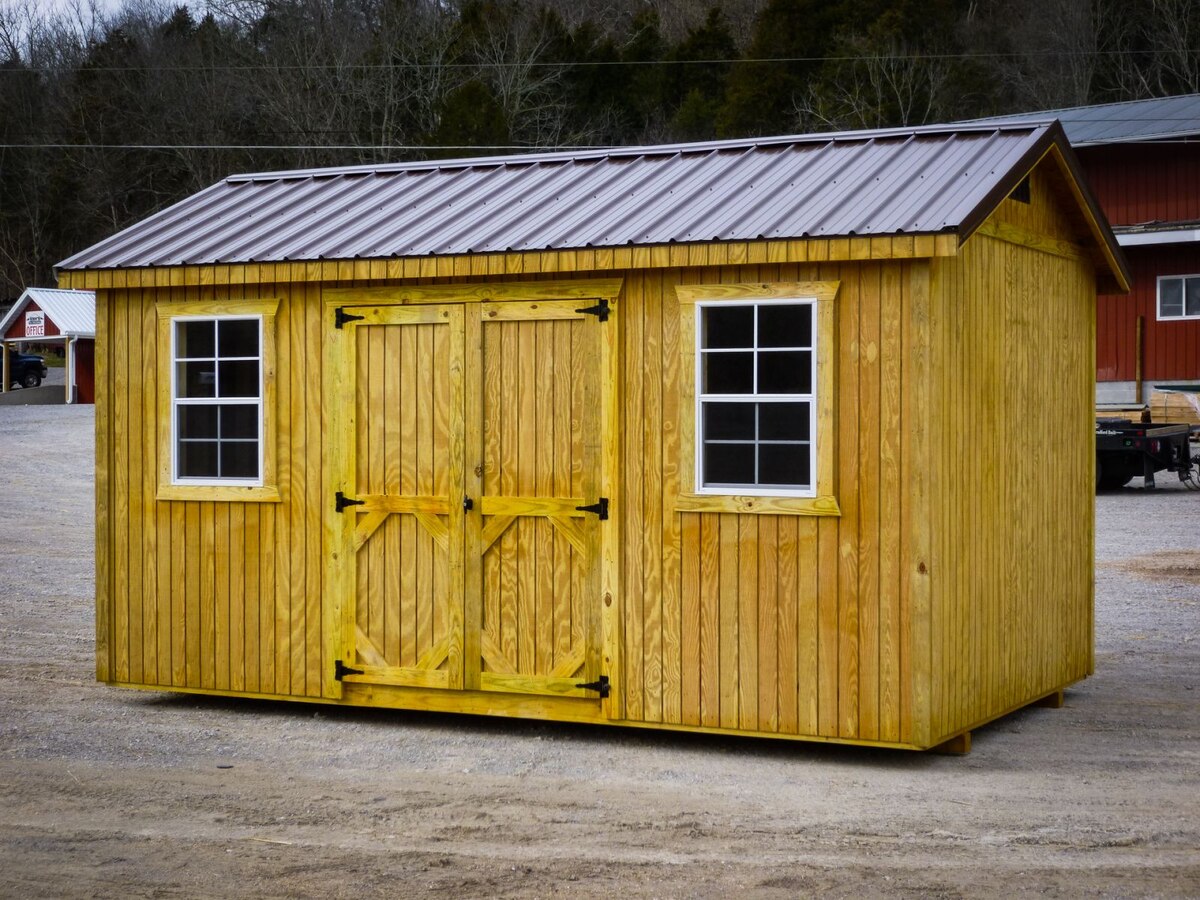
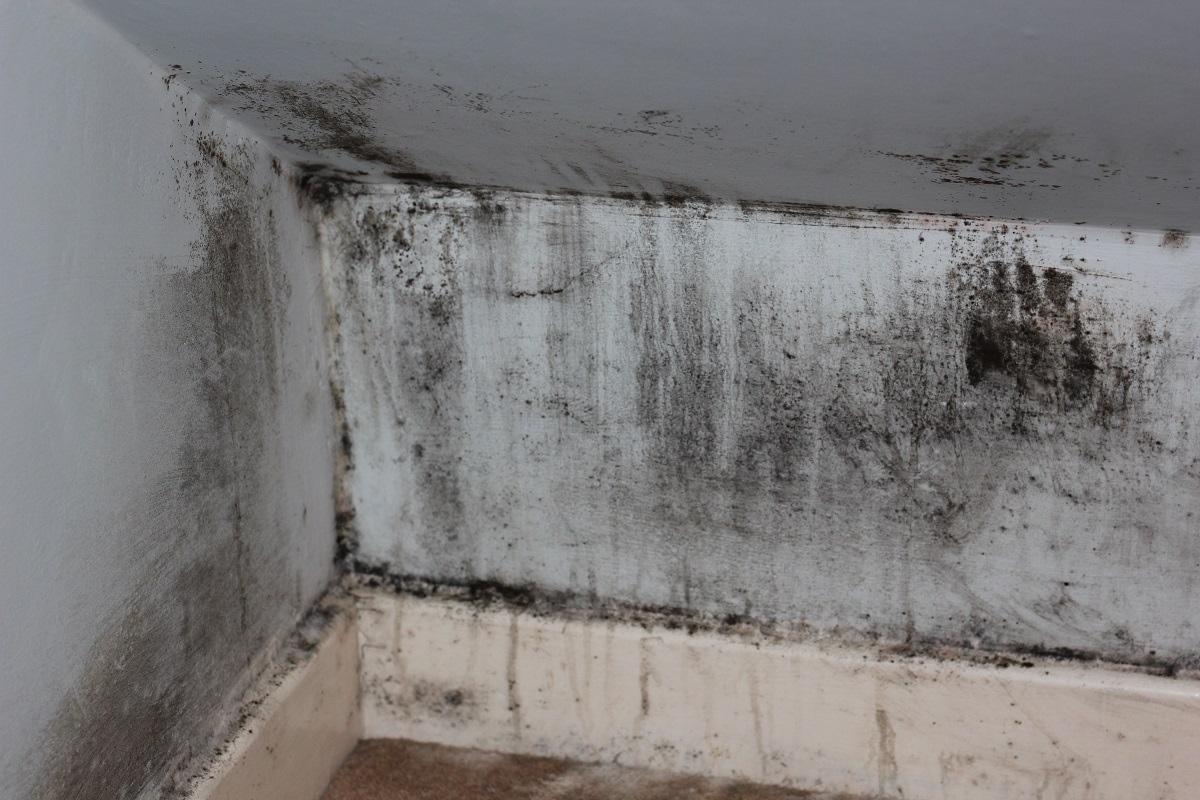
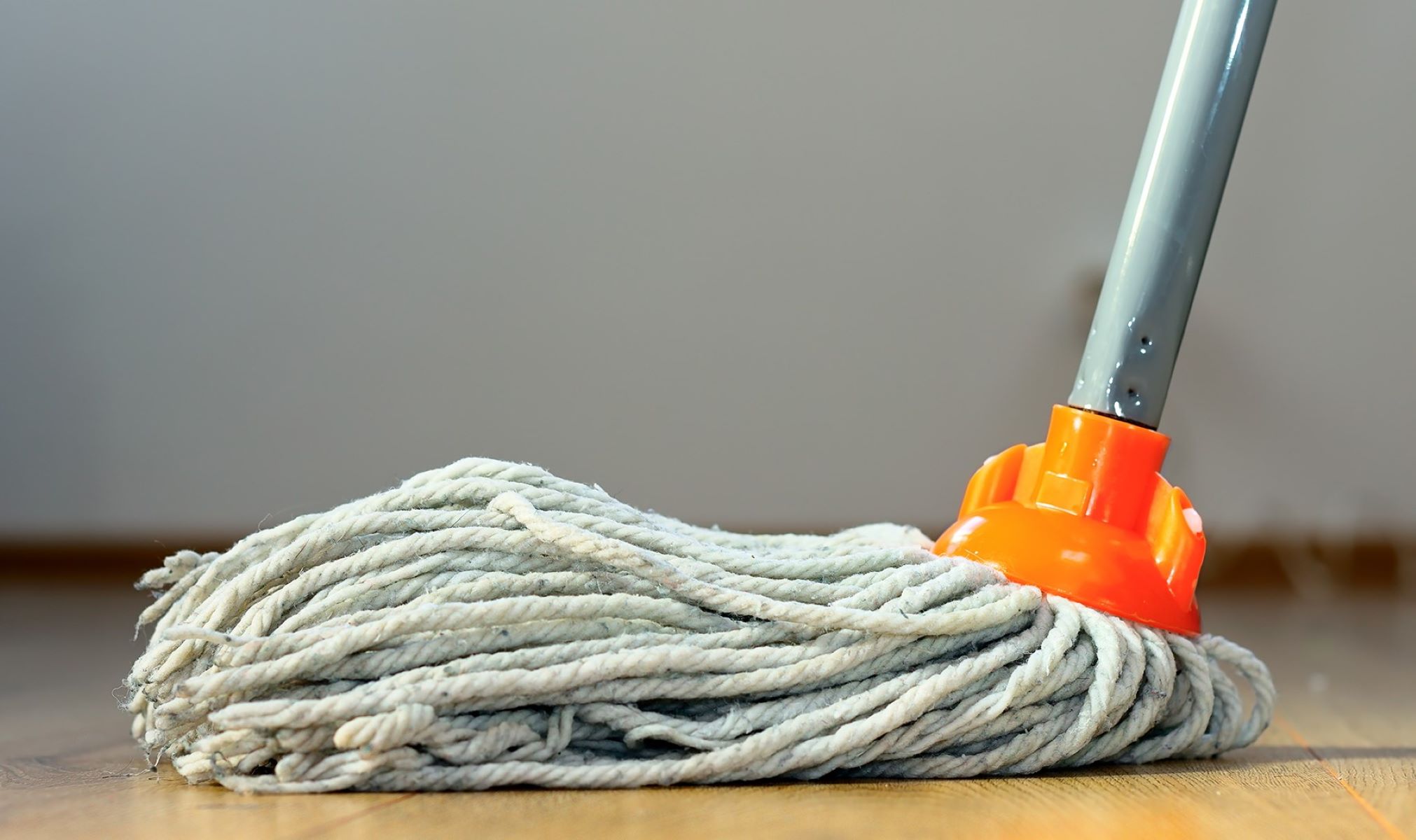
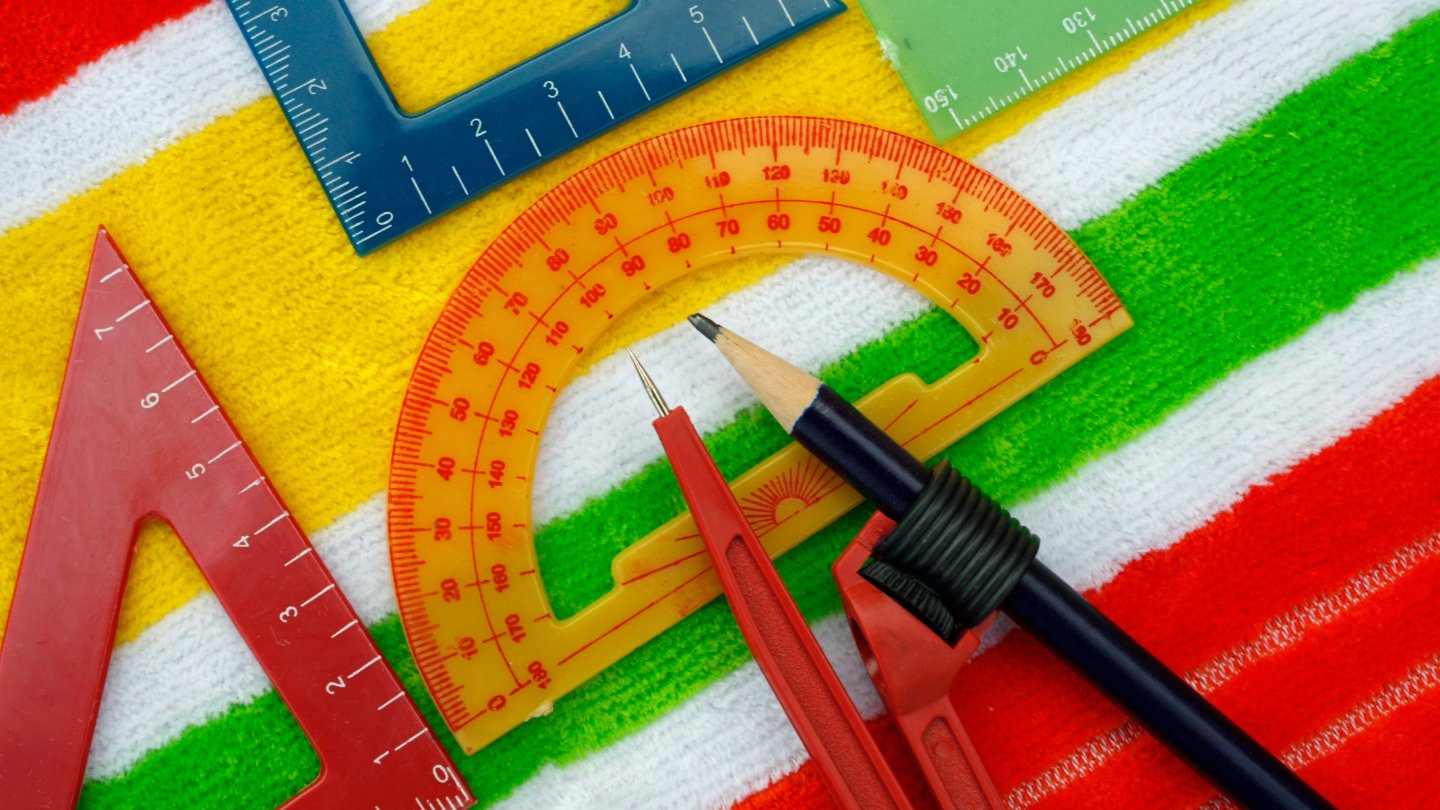

0 thoughts on “What Does Mold In A Crawl Space Look Like”